Finland Sacred Natural Sites and Biodiversity
Did you know that Finland is home to a staggering number of sacred natural sites that play a vital role in preserving the country’s biodiversity? These sites, managed by indigenous communities like the Sámi, hold centuries of traditional knowledge and sustainable practices that contribute to environmental conservation. From cod fishing methods to the rehabilitation of salmon populations, the Sámi demonstrate the profound connection between cultural traditions, biodiversity, and conservation efforts.
Key Takeaways:
- Finland is home to numerous sacred natural sites managed by indigenous communities like the Sámi.
- These sites have a long history of traditional knowledge and sustainable practices.
- The Sámi demonstrate the interconnectedness between cultural traditions, biodiversity, and conservation efforts through their fishing methods and efforts to restore salmon populations.
- Protected areas like the Laponia World Heritage Site showcase the importance of sacred landscapes in preserving old-growth forests and diverse ecosystems.
- Finland’s sacred natural sites play a crucial role in biodiversity conservation and the preservation of indigenous cultures.
The Biodiversity Value of Sacred Natural Sites in Finland
Sacred natural sites in Finland play a critical role in the preservation of the country’s biodiversity. Managed by indigenous communities like the Sámi, these sites are home to diverse ecosystems that support a wide range of plant and animal species. The traditional ecological knowledge of the Sámi people is instrumental in maintaining the delicate balance of these ecosystems.
One key aspect of biodiversity preservation is the sustainable fishing practices employed by the Sámi. By allowing cod populations to repopulate and using selective nets, they ensure the long-term sustainability of fish populations and safeguard essential spawning sites. This approach underscores the interconnectedness between cod fish populations and the overall health of Finland’s sacred landscapes.
Additionally, the Sámi carefully harvest plants like Angelica archangelica in a sustainable manner, ensuring that plant populations are not depleted. This practice not only supports the survival of these plant species but also maintains the delicate ecological balance within these sacred natural sites.
The biodiversity value of Finland’s sacred natural sites is evident in the presence of old-growth forests, diverse vegetation, and a variety of animal species found within these protected habitats. These sites serve as sanctuaries for numerous endangered and vulnerable species, contributing to the overall ecological diversity of the region.
The Biodiversity Value of Sacred Natural Sites in Finland:
| Key Highlights | Biodiversity Contributions |
|---|---|
| Sustainable Fishing Practices | Preservation of cod populations and essential spawning sites |
| Sustainable Plant Harvesting | Conservation of plant species and ecological balance |
| Old-Growth Forests | Habitats for diverse plant and animal species |
The combination of sustainable fishing practices, responsible plant harvesting, and the protection of old-growth forests showcases the significant biodiversity value of sacred natural sites in Finland. These sites safeguard critical habitats and contribute to the overall ecological diversity of the country.
The Role of the Sámi Community in Biodiversity Conservation
Indigenous communities, particularly the Sámi people, play a crucial role in biodiversity conservation in Finland. The Sámi have a deep connection to the land and a rich bank of traditional ecological knowledge that guides their conservation practices.
Through their engagement in reindeer herding, fishing, and subsistence activities, the Sámi contribute to the maintenance and restoration of biodiversity in their traditional territories. Their sustainable land management practices, based on generations of experience and respect for the environment, are vital for the preservation of Finland’s natural heritage.
“We have always understood that our survival and well-being depend on the health of the land and its ecosystems,” says Aila, a Sámi reindeer herder. “By preserving our traditional hunting grounds and sacred forests, we ensure the balance of nature and the protection of our cultural heritage.”
The Sámi people have successfully protected significant areas of land in Finland that are important for reindeer herding and contain old-growth forests and other critical habitats. By actively engaging in political action and advocating for the protection of their traditional territories, they have secured legal safeguards for sacred natural sites, contributing not only to the preservation of their cultural traditions but also to the conservation of Finland’s biodiversity.
The Ecological Importance of Finnish Sacred Forests
One of the key areas of focus for the Sámi community is the preservation of sacred forests. These forests, known for their pristine beauty and spiritual significance, are vital for the conservation of biodiversity in Finland.
Sacred forests are protected areas where human intervention is minimal, allowing ecosystems to develop and thrive naturally. These undisturbed habitats provide a safe haven for a wide range of plant and animal species, including rare and endangered ones.
The table below highlights some of the important characteristics of Finnish sacred forests:
| Characteristics of Finnish Sacred Forests | Description |
|---|---|
| Old-Growth Trees | Finnish sacred forests are home to ancient, towering trees that have been undisturbed for centuries. These old-growth trees provide nesting sites for birds, habitats for insects, and shelter for a variety of woodland animals. |
| Diverse Vegetation | These forests support a rich diversity of plant species, including mosses, lichens, and wildflowers. The unique microclimates within the forest create ideal conditions for the growth and survival of different vegetation types. |
| Habitats for Wildlife | Finnish sacred forests serve as vital habitats for a wide range of wildlife, including mammals, birds, and insects. The interconnected web of life within the forest offers food, shelter, and breeding grounds for various species. |
The preservation of Finnish sacred forests by the Sámi people not only protects the delicate balance of ecosystems but also safeguards the cultural and spiritual significance of these forests for future generations.

The image above showcases the serene beauty of a Finnish sacred forest, with its lush vegetation and towering trees. The preservation of these forests by the Sámi community contributes to the conservation of Finland’s biodiversity and ensures the continuation of their cultural heritage.
The Role of Sacred Natural Sites in Sustaining Sámi Culture
Sacred natural sites in Finland are not only essential for biodiversity conservation but also for sustaining Sámi culture. These sites are deeply intertwined with the religious, spiritual, and cultural practices of the Sámi people. They serve as locations for traditional ceremonies, gatherings, and rituals, which play a pivotal role in preserving and passing on Sámi cultural heritage.
“Our sacred natural sites are the heart and soul of our culture. They are where we connect with our ancestors, perform sacred rituals, and strengthen our bond with the land. Without these sites, our cultural identity would be at risk.”
The protection and recognition of these sacred sites are vital for the continuation of historical and cultural memory, allowing the Sámi to maintain their identity and connection to the land. These sites are a tangible expression of Sámi spirituality and belief systems, showcasing the deep-rooted connection between the Sámi people and the natural world.
The sacred landscapes of Finland are not only physical places but also hold intangible meanings and values. They are places of reverence and respect, where spiritual teachings are passed down from one generation to the next. These landscapes inspire a sense of awe and wonder, instilling a deep appreciation for the natural environment and its interconnectedness with Sámi culture.
The Symbolism of Sacred Natural Sites
Sacred natural sites in Finland, such as mountains, lakes, and forests, hold symbolic meanings for the Sámi people. These sites are often associated with important figures from Sámi mythology and folklore, representing the spiritual presence of ancestral beings. They serve as places of reflection, guidance, and inspiration, connecting the Sámi people to their cultural heritage and providing a sense of belonging.
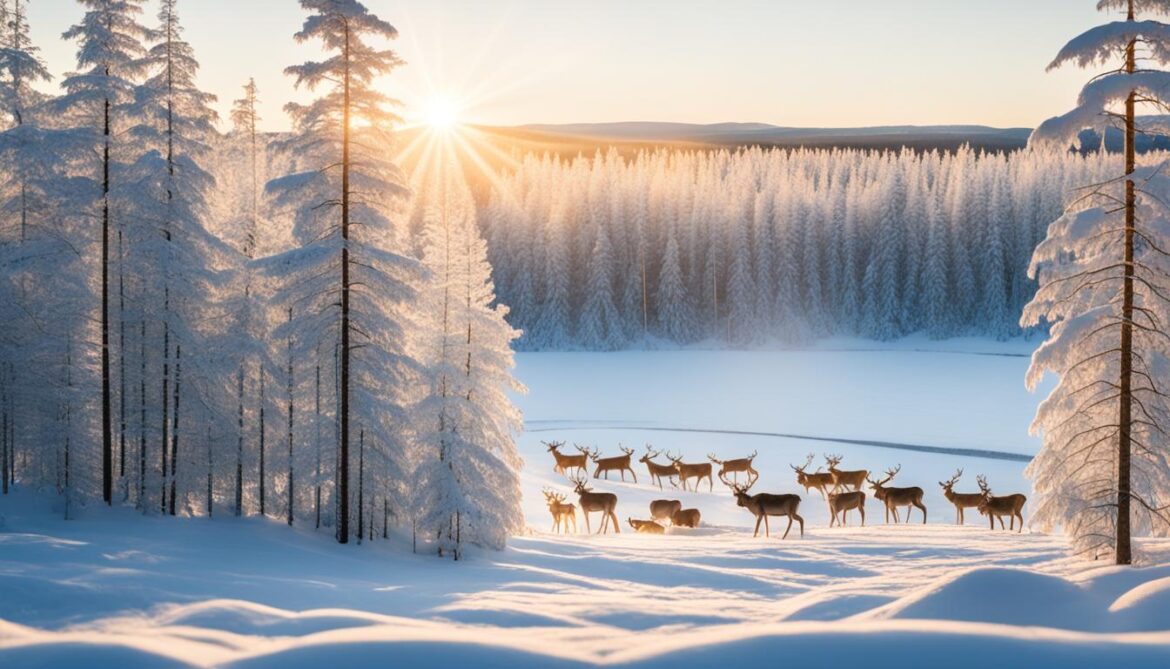
Preserving Cultural Identity
By preserving and protecting sacred natural sites, the Sámi community ensures the continuity of their cultural identity. These sites are not only important for the Sámi people themselves but also serve as educational resources for future generations. They provide a framework for understanding traditional ecological knowledge, sustainable practices, and the importance of maintaining a harmonious relationship with the natural world.
The Role of Indigenous Rights
The recognition of indigenous rights, including the protection of sacred natural sites, is essential for fostering cultural diversity and promoting social justice. Indigenous communities, like the Sámi, have long been stewards of the land and hold unique knowledge about sustainable resource management. By respecting and upholding their cultural rights, we can learn valuable lessons about conservation, resilience, and the interdependence between humans and nature.
| Benefits of Sacred Natural Sites in Sustaining Sámi Culture | Benefits of Sacred Natural Sites in Biodiversity Conservation |
|---|---|
| Preservation of cultural heritage | Maintenance of critical habitats |
| Passing down traditional ecological knowledge | Protection of endangered species |
| Stronger connection to the land and ancestors | Restoration of ecosystems |
Sacred natural sites in Finland are more than just geographical locations. They are living embodiments of Sámi culture and spirituality. Recognizing their significance and protecting them ensures the preservation of biodiversity as well as the sustenance of Sámi culture for generations to come.
The Importance of Old-Growth Forests in Sacred Natural Sites
Old-growth forests are a significant component of sacred natural sites in Finland and play a crucial role in biodiversity conservation. These forests, which have been untouched by human activity for centuries, provide vital habitats for numerous plant and animal species. The Laponia World Heritage Site in Sweden, for example, encompasses old-growth forests that host significant biodiversity, including endangered species.
These Finnish sacred forests are protected to preserve not only the trees themselves but also the entire ecosystem that relies on them. Their untouched state enables the flourishing of various species and maintains the delicate balance of the Finnish protected habitats. By safeguarding these old-growth forests, the Sámi people contribute to the maintenance of biodiversity and the preservation of essential habitats for various species.
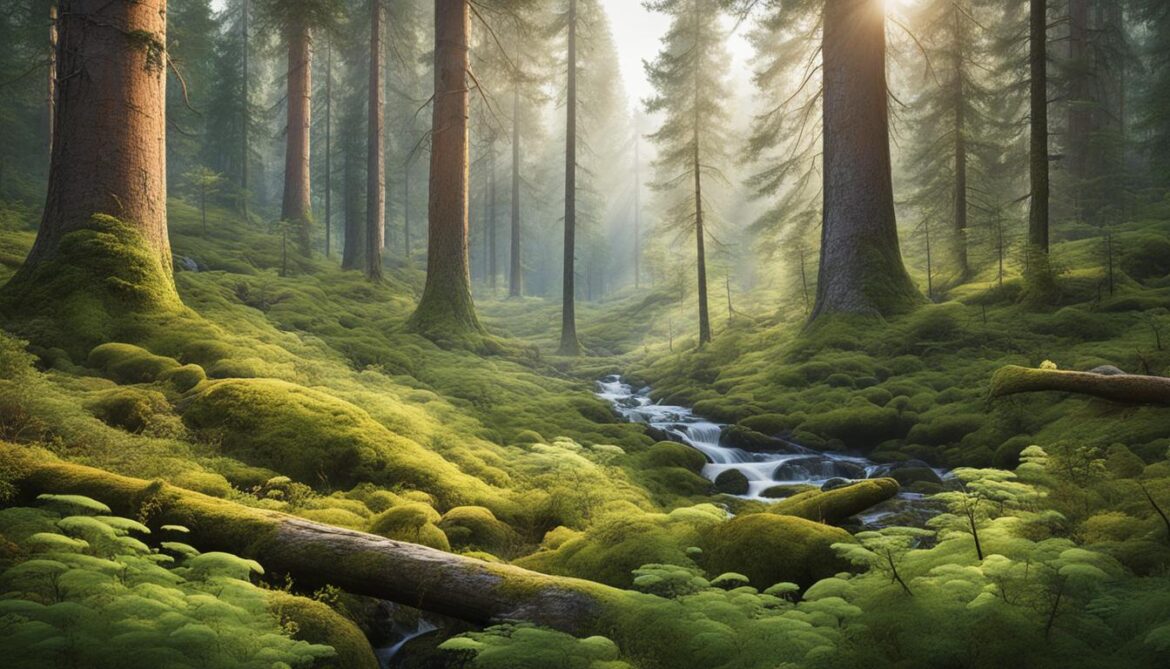
The success of the Sámi’s efforts to protect these forests lies in their understanding of the intrinsic value of these Finland sacred natural sites. They recognize the interdependency between the old-growth forests and the diverse range of organisms that rely on them for their survival. By ensuring the preservation of these habitats, the Sámi foster opportunities for thriving ecosystems and maintain the ecological diversity that characterizes Finland’s sacred landscapes.
Biodiversity in Old-Growth Forests
Old-growth forests provide a haven for countless plant and animal species. The mature trees with their complex structure offer diverse niches for organisms to inhabit and thrive. The fallen logs and decaying vegetation create rich soil, contributing to the growth of unique plant species that rely on these distinct conditions. The dense canopy of the trees shades the forest floor, providing a cool and humid environment, perfect for mosses, ferns, and other shade-loving plants. This intricate web of life sustains a plethora of species, including rare and endemic ones that depend on the stability and continuity of these Finnish protected habitats.
The preservation of old-growth forests is crucial for maintaining biodiversity and ensuring the survival of countless plant and animal species.
The Role of Old-Growth Forests in Ecological Processes
Old-growth forests are essential for various ecological processes that contribute to the overall health of ecosystems. These forests act as carbon sinks, absorbing vast amounts of carbon dioxide from the atmosphere and mitigating the impacts of climate change. The intricate network of roots and mycelium forms symbiotic connections that enhance nutrient cycling and soil structure. This natural process supports the growth of healthy plants and provides essential resources for the diverse array of organisms that depend on these forests for their survival.
Old-growth forests in Finland are not only havens for biodiversity but also vital components of ecological processes that sustain the entire ecosystem.
| Importance of Old-Growth Forests in Sacred Natural Sites | Biodiversity Conservation | Ecological Processes |
|---|---|---|
| Provide vital habitats for numerous plant and animal species | Support a rich array of biodiversity, including endangered species | Act as carbon sinks and enhance nutrient cycling |
| Contribute to the maintenance of biodiversity | Maintain the delicate balance of ecosystems | Support the growth of healthy plants and sustain diverse organisms |
| Preservation of essential habitats | Foster opportunities for thriving ecosystems | Mitigate the impacts of climate change |
Cultural and Ecological Benefits of Sámi Fishing Practices
Sámi fishing practices in Finland highlight the remarkable connection between culture and the environment, yielding both cultural and ecological benefits. The Sámi people, who understand the significance of maintaining biodiversity at cod spawning sites, employ sustainable fishing techniques that contribute to the equilibrium of fish populations. By utilizing selective nets that capture smaller fish and avoiding spawning sites entirely, the Sámi enable the cod populations to flourish and ensure the vitality of these sacred natural sites. This traditional ecological knowledge not only guarantees the long-term sustainability of fish populations but also plays a pivotal role in safeguarding Finland’s waters and the biodiversity they support.
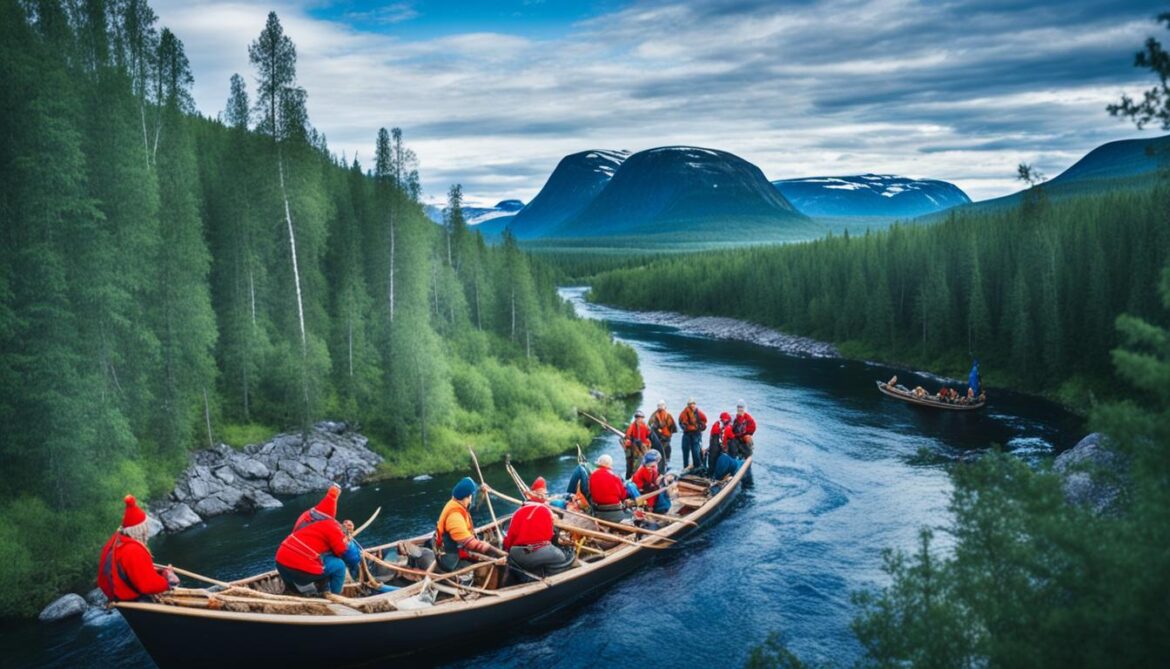
The Sámi people’s approach to fishing exemplifies their commitment to the preservation of Finnish biodiversity. By using selective nets, they prioritize the well-being of fish populations and avoid negatively impacting the delicate balance of the ecosystem. This sustainable fishing method ensures that the cod populations can continue to thrive, contributing to the overall preservation of biodiversity in Finland’s waters.
The reciprocal nature of Sámi fishing practices is evident in the cultural and ecological benefits they provide. By respecting the natural cycles and habitats of the fish, the Sámi maintain a harmonious relationship with the environment, reflecting their deep connection to the land and their preservation efforts. Furthermore, their sustainable fishing practices support the broader goal of Finnish traditional land conservation, which prioritizes the long-term well-being of both the indigenous communities and the natural world they inhabit.
“The Sámi’s sustainable fishing techniques not only secure the livelihoods of future generations but also ensure the ecological integrity of Finland’s sacred natural sites.” – Dr. Maria Laitinen, Environmental Scientist
Benefits of Sámi Fishing Practices
Aside from preserving biodiversity, Sámi fishing practices offer various advantages:
- Enhancement of local economies and sustenance of Sámi communities
- Promotion of traditional ecological knowledge and cultural preservation
- Reduced impact on non-targeted species and overall ecosystem
- Maintenance of fish stock resilience and genetic diversity
Comparative Analysis of Fishing Methods
| Fishing Method | Ecological Impact | Cultural Relevance |
|---|---|---|
| Sámi Sustainable Fishing | Minimal ecological disturbance, preservation of biodiversity | Central to Sámi cultural identity, continuity of traditions |
| Industrial Fishing | Overfishing, bycatch, depletion of fish stocks | Disregard for cultural heritage, loss of traditional knowledge |
| Non-Selective Fishing | Disruption of ecosystem balance, negative impact on non-targeted species | Threat to cultural practices dependent on sustainable resources |
As seen in the comparative analysis above, Sámi sustainable fishing methods demonstrate a significantly lower ecological impact compared to industrial and non-selective fishing practices. In addition to their environmental benefits, Sámi fishing techniques hold great cultural relevance by preserving ancestral knowledge and ensuring the continuation of time-honored traditions.
Efforts to Restore Salmon Populations in Finland’s Sacred Natural Sites
The Sámi community in Finland is actively involved in efforts to rehabilitate salmon populations in sacred natural sites. With a focus on the Näätämö River, the Skolt Sámi people are working diligently to protect the fish and their spawning sites. Their efforts include the implementation of sustainable fishing practices that prioritize the conservation of salmon populations and the overall biodiversity of Finland’s sacred natural sites.
Recognizing the vulnerability of young salmon to pike attacks, the Skolt Sámi people have taken measures to capture pike instead of salmon, reducing the risk of predation. They have also reduced the use of seine nets, which can potentially harm salmon populations, and have adopted targeted fishing strategies that minimize the impact on the fish and their habitats.
Through these conservation efforts, the Sámi community contributes significantly to the restoration of salmon populations in Finland’s sacred natural sites. By preserving the integrity of the Näätämö River and its surrounding ecosystem, they play an essential role in maintaining the overall balance and long-term sustainability of the region’s biodiversity.
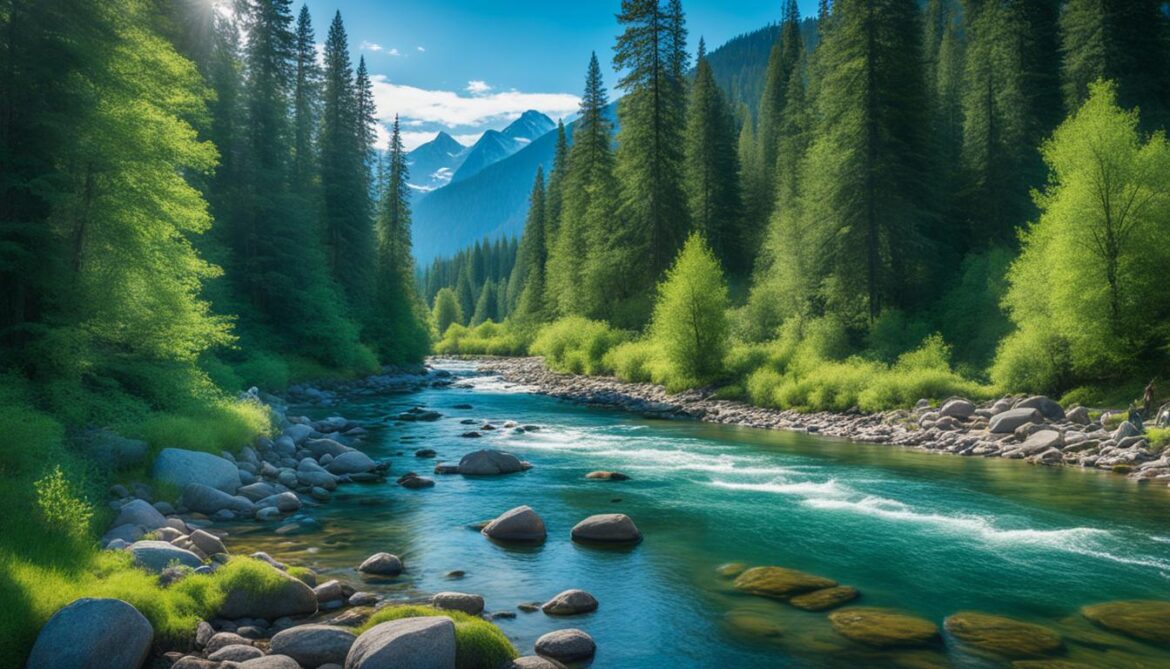
This image showcases the serene beauty of Finland’s nature reserves, including the special sites where salmon populations are being restored. These protected areas serve as havens for diverse wildlife and contribute to the preservation of Finland’s natural heritage.
The Role of Political Action in Protecting Sacred Natural Sites
Political action has played a crucial role in protecting sacred natural sites in Finland. The Sámi community, through their advocacy and protest efforts, has successfully acquired legal protection for significant areas of land that are essential for reindeer herding and the preservation of biodiversity. These actions have led to the safeguarding of old-growth forests and critical habitats, effectively preventing further destruction and disruption to the environment.
By engaging in political action, the Sámi people strive to preserve not only their cultural traditions but also support the overall conservation of Finland’s sacred landscapes. Their efforts highlight the importance of recognizing the integral connection between indigenous rights, land conservation, and the preservation of sacred natural sites. With legal protection and increased awareness, these sites can continue to thrive, contributing to the rich biodiversity and cultural heritage of Finland.
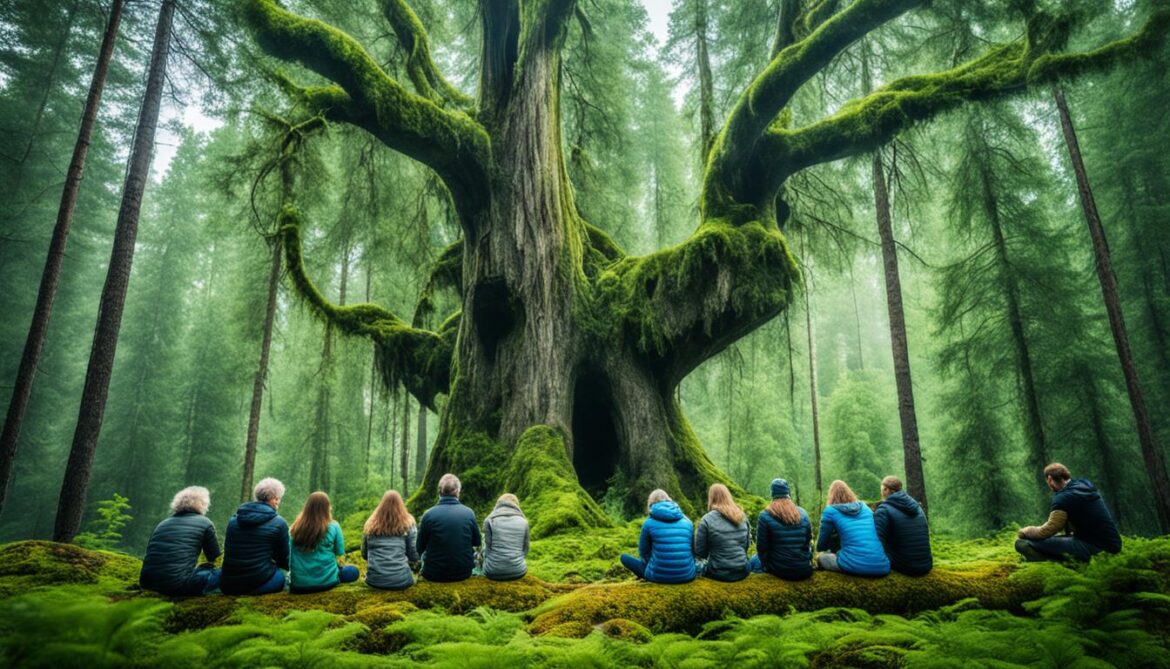
Conclusion
Finland’s sacred natural sites have a profound impact on biodiversity conservation and the preservation of indigenous cultures. The Sámi people’s traditional ecological knowledge and sustainable practices contribute to the maintenance and restoration of biodiversity in these sacred landscapes.
The protection of old-growth forests, sustainable fishing practices, and efforts to restore salmon populations all play a crucial role in preserving the delicate balance of ecosystems and supporting the long-term sustainability of Finland’s biodiversity.
Additionally, political action and advocacy by indigenous communities help ensure legal protection for sacred natural sites and the conservation of essential habitats. The interconnectedness between cultural traditions, biodiversity, and conservation efforts in Finland provides a valuable example of how indigenous knowledge and practices can contribute to the preservation of natural heritage.



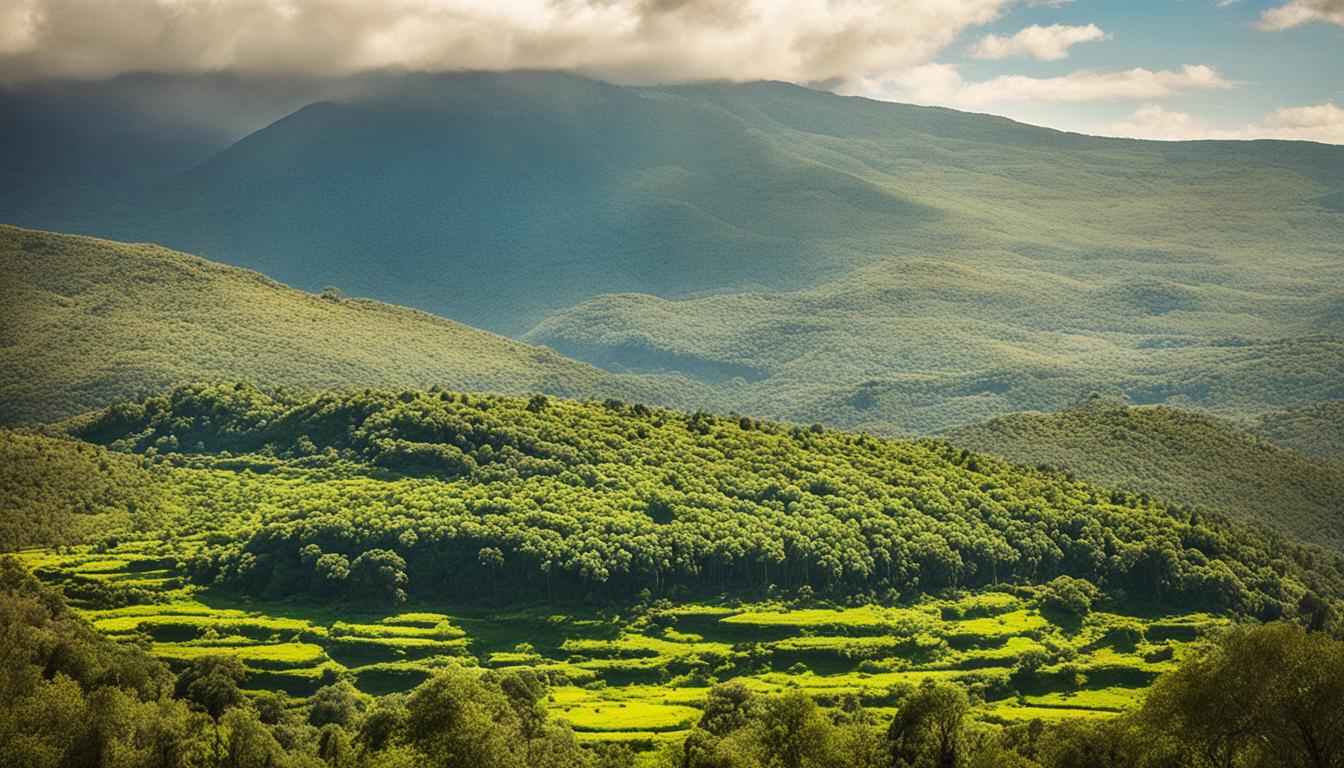
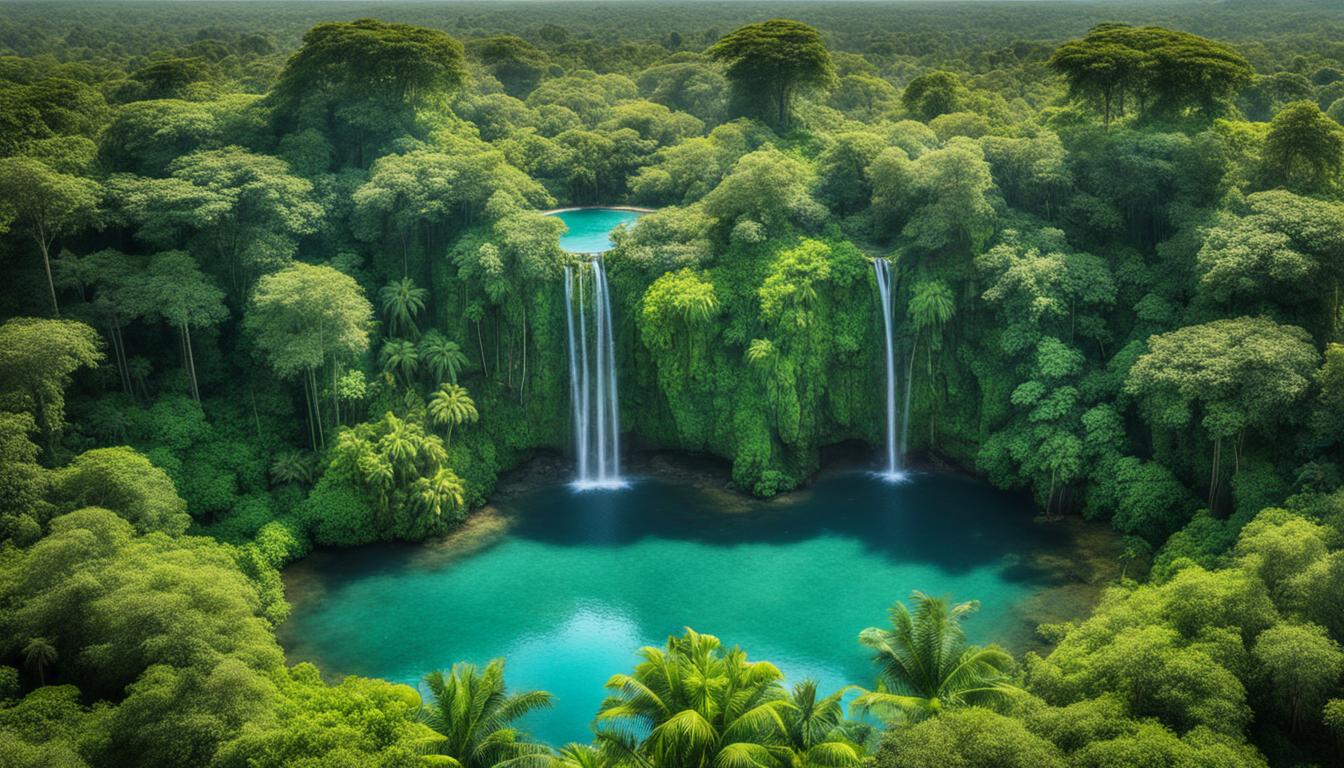
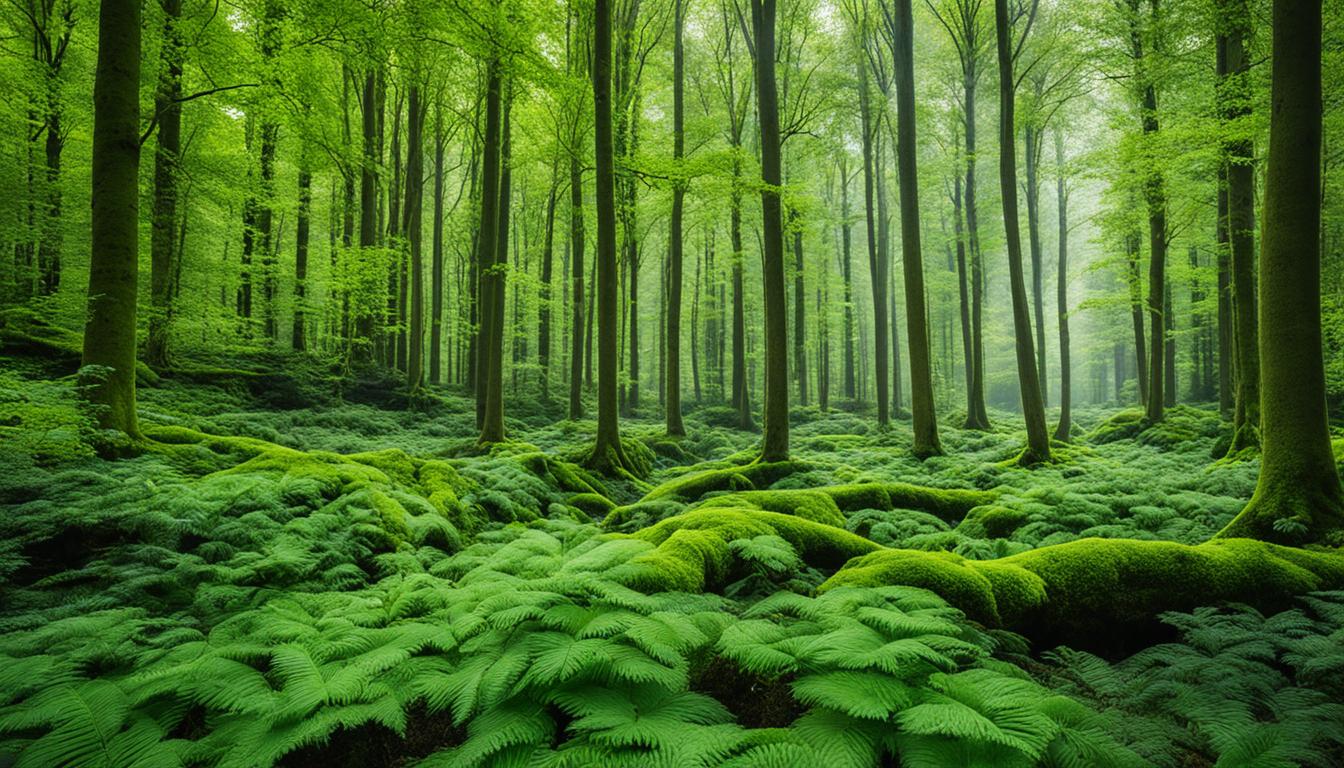


Sweden Sacred Natural Sites and Biodiversity
2 months ago[…] https://constructive-voices.com/finland-sacred-natural-sites-and-biodiversity/ […]